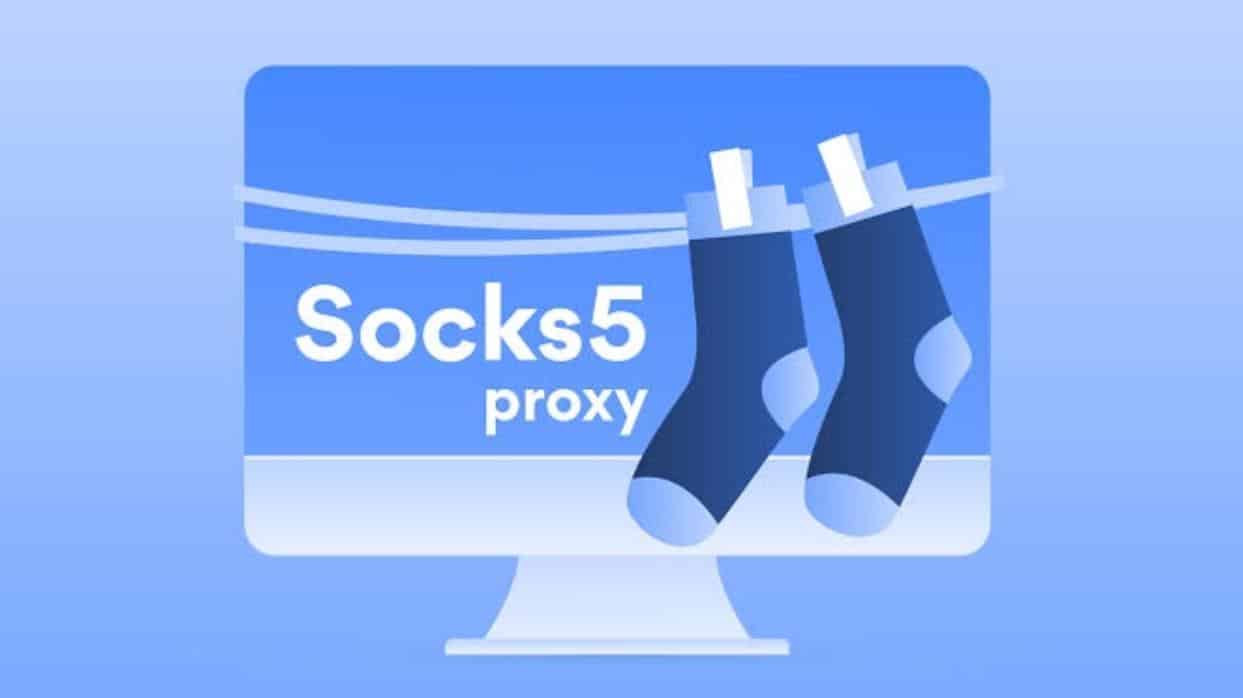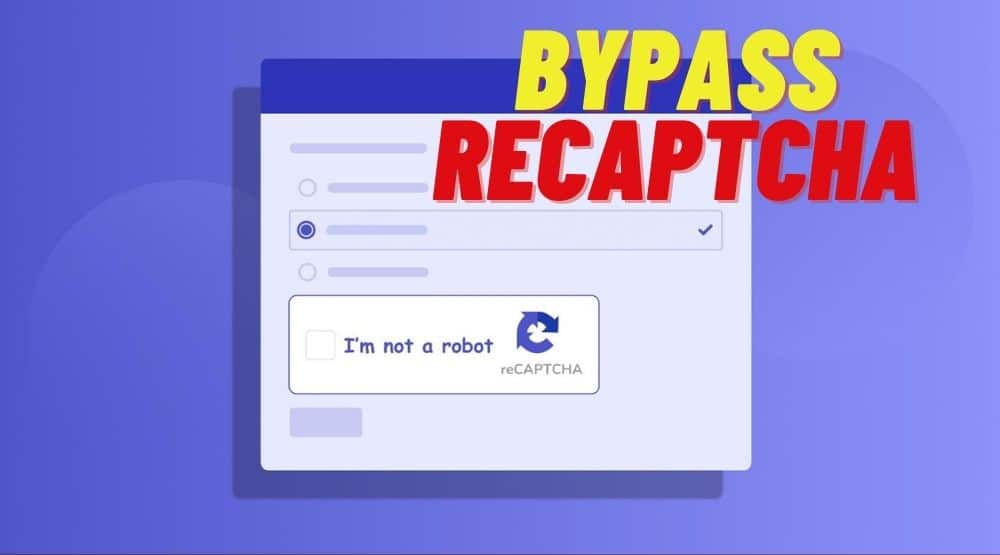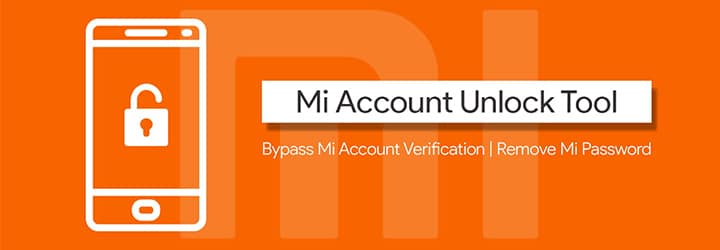We've bad news for you if you run unprotected digital marketing campaigns. The chances are that you're losing at least 26 of your investment to fraud!
That's right, the online advertising industry is ridden with scammers who are making a fortune by committing AD fraud. Believe it or not, they already robbed businesses of over 35 billion dollars in 2020.
Alone luckily for all of you, ad verification companies are doing the hard work to keep your ads scam-free. By the end of this article, you will understand how ad verification works and why it needs proxies.
What are the Common Methods of AD Fraud?

It refers to the various methods scammers use to defraud digital advertising networks for financial gain. The five most common ways they use include:
- Pixel stuffing means the scammer puts an ad in an invisible pixel and places it on a website to farm impressions.
- AD stacking happens when a fraudster puts several ads on each other. However, only one is actually seen by the website visitors. Even though impressions count for all domain spoofing.
- While there are several different types of domain spoofing. The most common tactic is falling advertisers into thinking their ad is going on a good-quality website. However, the fraudsters put it into low-quality or even unsafe websites. Which may damage the brand's reputation.
- AD injections are the process of inserting ads to the page or an app without permission,
- And let's not forget that bot traffic fraudsters often use bots to generate fake clicks and impressions to increase revenue.
Have you ever encountered these or other methods of ad fraud? Let us know down in the comments below.
How to Avoid AD Fraud?
With huge amounts of digital cash at stake, advertisers are at war against scammers. One of the ways companies fight back is with ad verification.
- AD verification is a solution
It ensures that ads are seen by real people and placed in a legitimate and geographically relevant environment. Proxies are closely tied to this process. Let's see how:
First, ad verification companies use proxies to ensure that ads are placed correctly. Let's say a fraudster has substituted a fake URL during an ad bid, making an advertiser think their ad is going to a high-quality website.
When the opposite is true in reality, the fraudster puts the ad on a sketchy or even unsafe page, which bots can only see to find out whether the ad appeared in the right place companies run an ad verification script.
Scanners often place bans on ad verification companies. That's where proxies come into play. They let you change your IP address and look like a regular user to let the script do its job.
- Another important method is to use proxies to check redirection paths.
Scanners often steal clicks from legitimate ads by redirecting users to their websites. Fraudsters lure unsuspecting users to their products or services. Sometimes they might even try to install malware on the user's device.
- The last use case is to check the appearance of ads in a localized context.
If you place geographic restrictions on an ad, you must ensure that fraudsters aren't taking advantage of it. If you're targeting users near your physical store or offering services in a particular location. Remember that fraudsters find ways to feed advertisers fake location data to get higher prices for their ad impressions.
Imagine how much money you would waste if your ad appeared to users in Asia instead of the US. The proxy allows you to connect from various locations to see how people worldwide can view the ad. You won't be able to perform successful ad fraud prevention without good-quality proxies.
What Should You Consider When Choosing Proxies?
There are some things to consider when choosing a proxy provider:
- First, make sure that the provider offers anonymous residential proxies.
- Second, look for wide location targeting because it's vital for ad verification.
- Third, You may also want to ensure that the provider offers a good quality of its proxy pool and a reasonable price.
We know that there are many providers to choose from, and testing all of them is too resource-intensive. That's why we did the hard work for you. Let's now discuss how these providers performed for ad verification criteria. Let's start with the anonymity of residential ip addresses to check.
The Anonymity of Residential Proxies

The anonymity, we ran some IPs through an ip database to see if they had been identified as proxy addresses. The scale is small, but you can still see that some providers have a very low percentage of flagged IPs. In a database but for some, this percentage is high.
The Quality of IP Pool

Next, let's check the quality of a proxy pool. One of the best criteria to assess the proxy pool is taking a look at its composition. An excellent residential proxy pool should consist of ISP proxies, mobile proxies, or mixed ip addresses.
As you can see from our data, most providers meet this requirement. But there are some exceptions; NetNut and Proxy-Seller had many datacenter IPs, increasing the chance of websites getting blocked. Soax, on the other hand, has a larger number of commercial IPs.
The Location Targeting

What about the location targeting? Most providers allow accessing a pool of IPs worldwide,e and most support country targeting. Soax, Bright Data, and Oxylabs take it further by offering city-level and ASN targeting.
The Price of Residential Proxies

Now let's take a look at another aspect of price. When it comes to proxies, you get what you pay for a higher price means better quality and plenty of additional features. But some affordable providers are up to the mark too. The premium providers require a larger commitment and sustain a higher price for traffic until a very large scale.
Bright Data, Shifter, and NetNut are perfect examples of premium providers. Smartproxy and Soax are two companies that fall somewhere in between. Suppose Soax still leans more towards premium services.
In that case, Smartproxy starts from as low as the $80/8GB plan and continues to undercut the competition up until the one MB price. There are also very cheap providers, such as Storm Proxies and PacketStream. But don't expect great performance.
Summary
All of the tests considered, we think that these are the best ad verification proxy providers for 2023.
- Soax: For offering a wide range and flexible location targeting that will cover all ad verification needs
- Shifter for overall excellent performance and wide location targeting;
- Bright Data for great performance and a strong ecosystem;
- Smartproxy for rivaling its competition in quality
- NetNut offers high-performance proxies optimized for AD fraud prevention and varied online activities.
- At a great price point, Proxy-Seller for keeping up with the premium provider competition.





